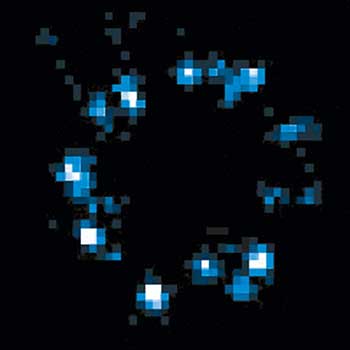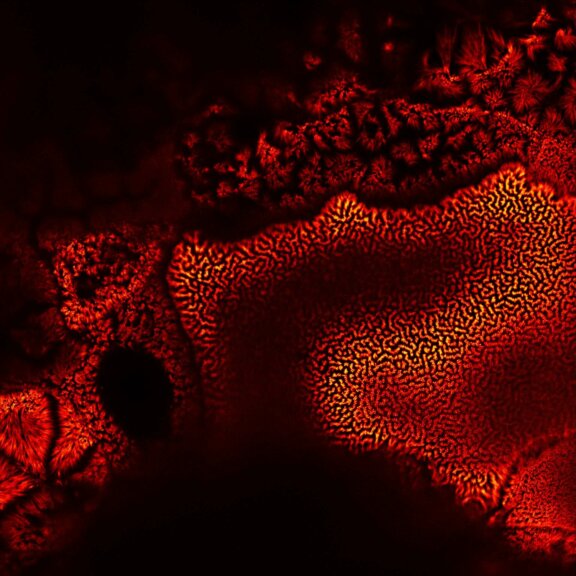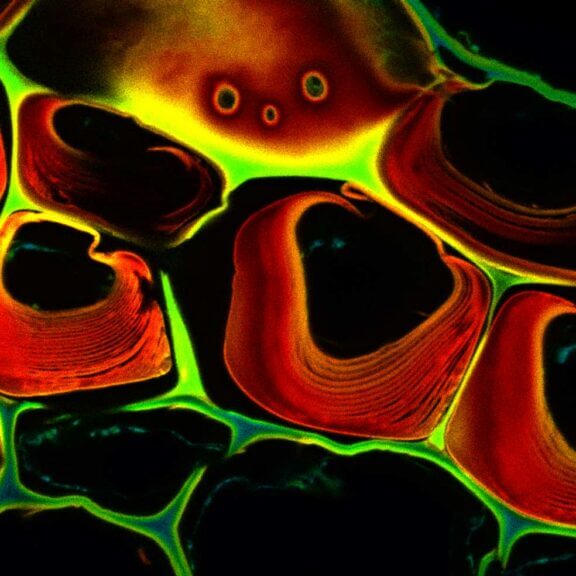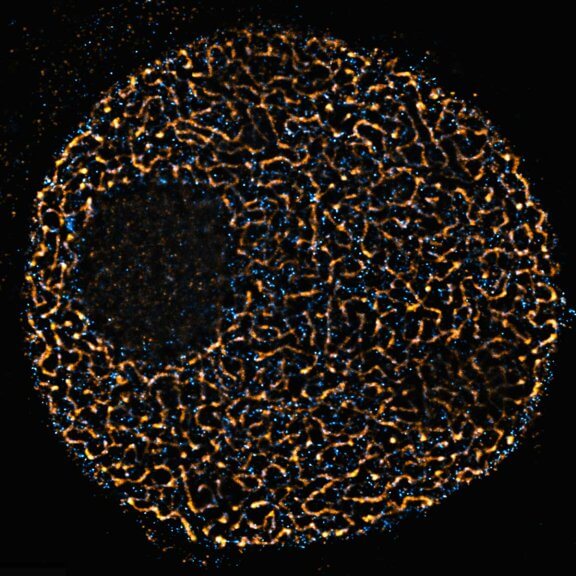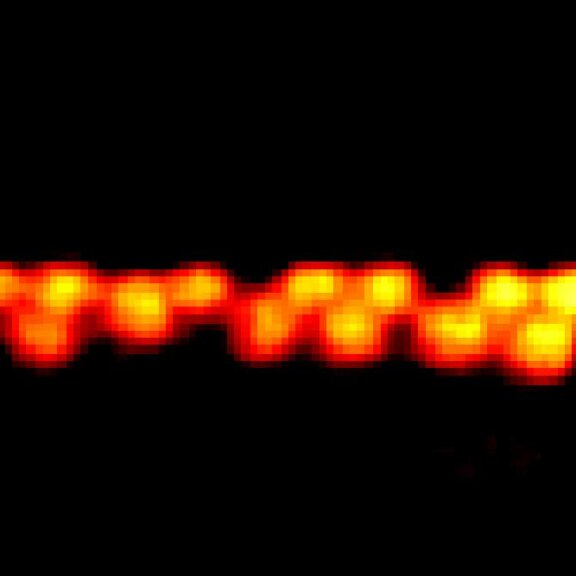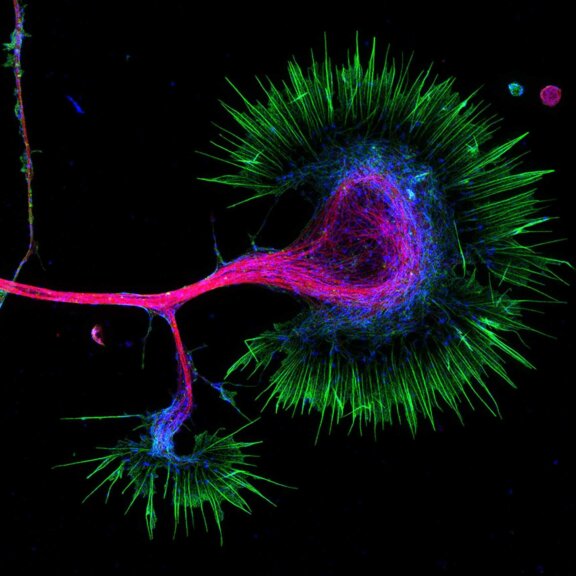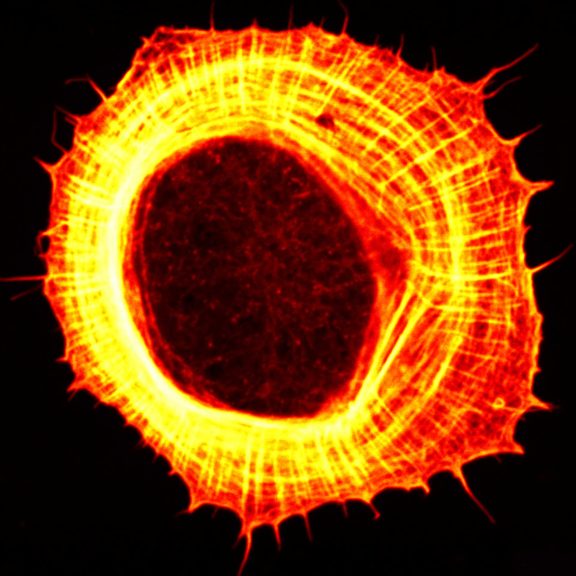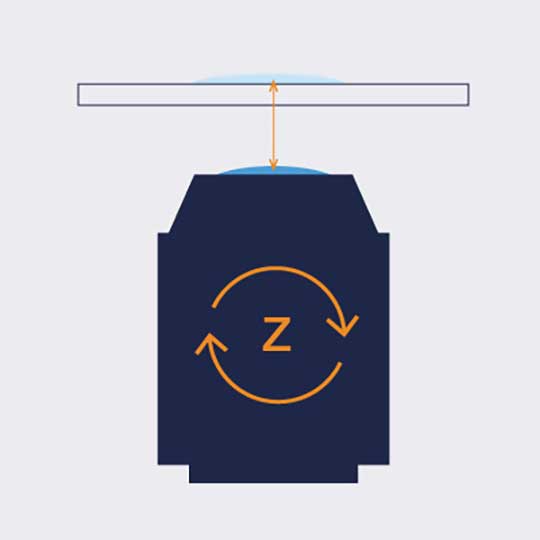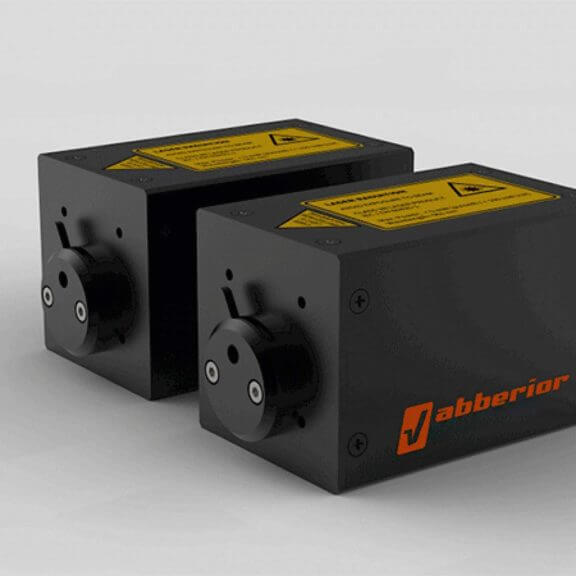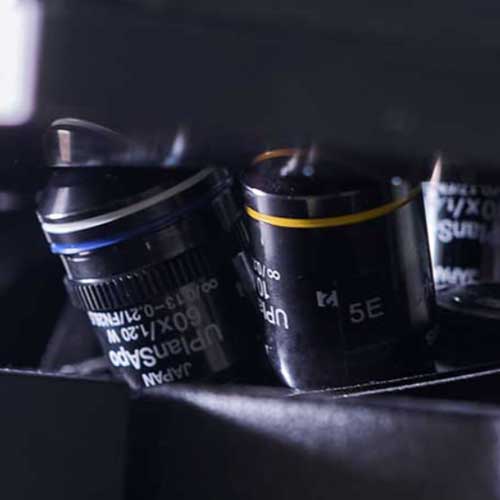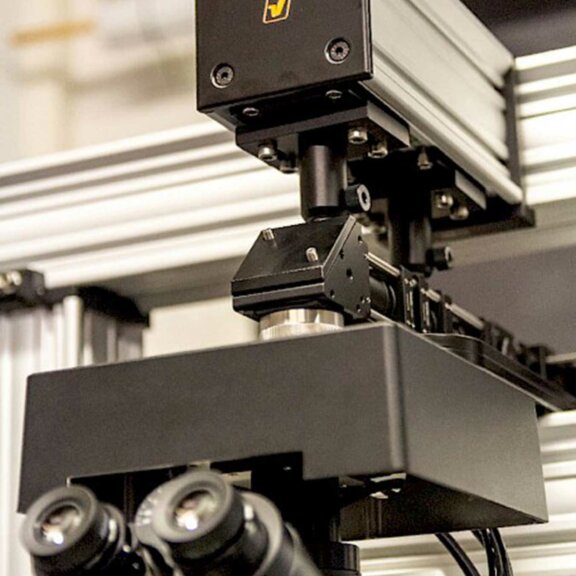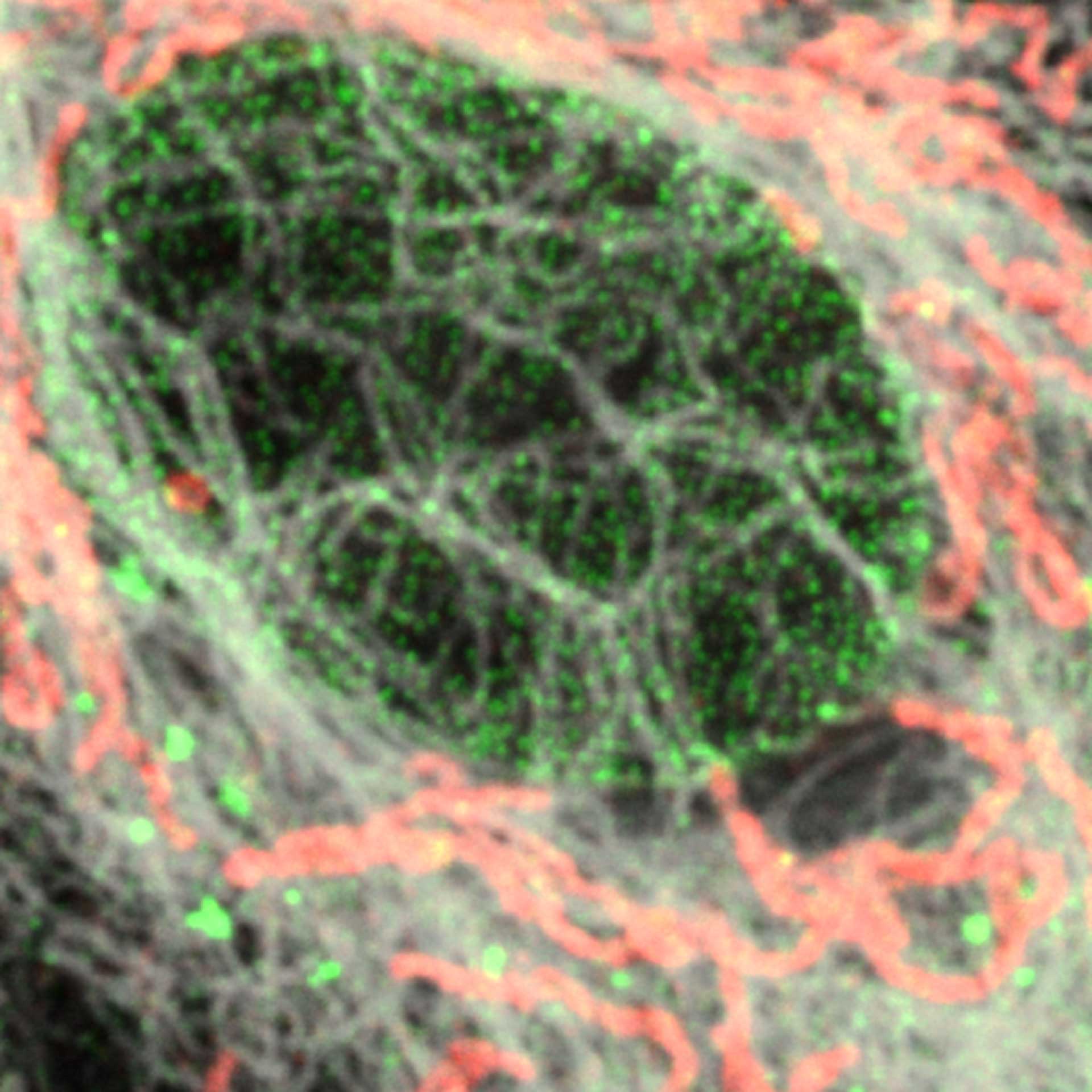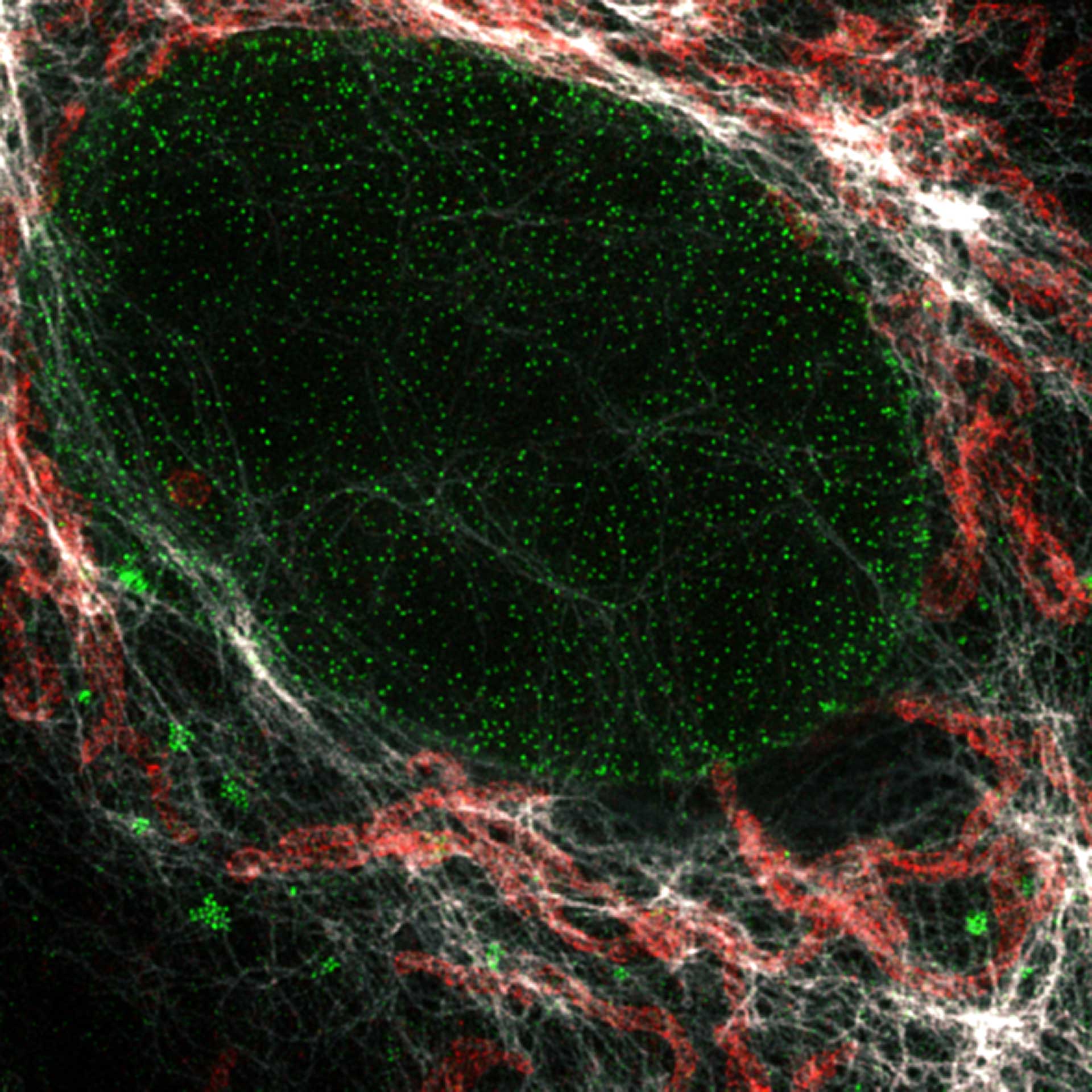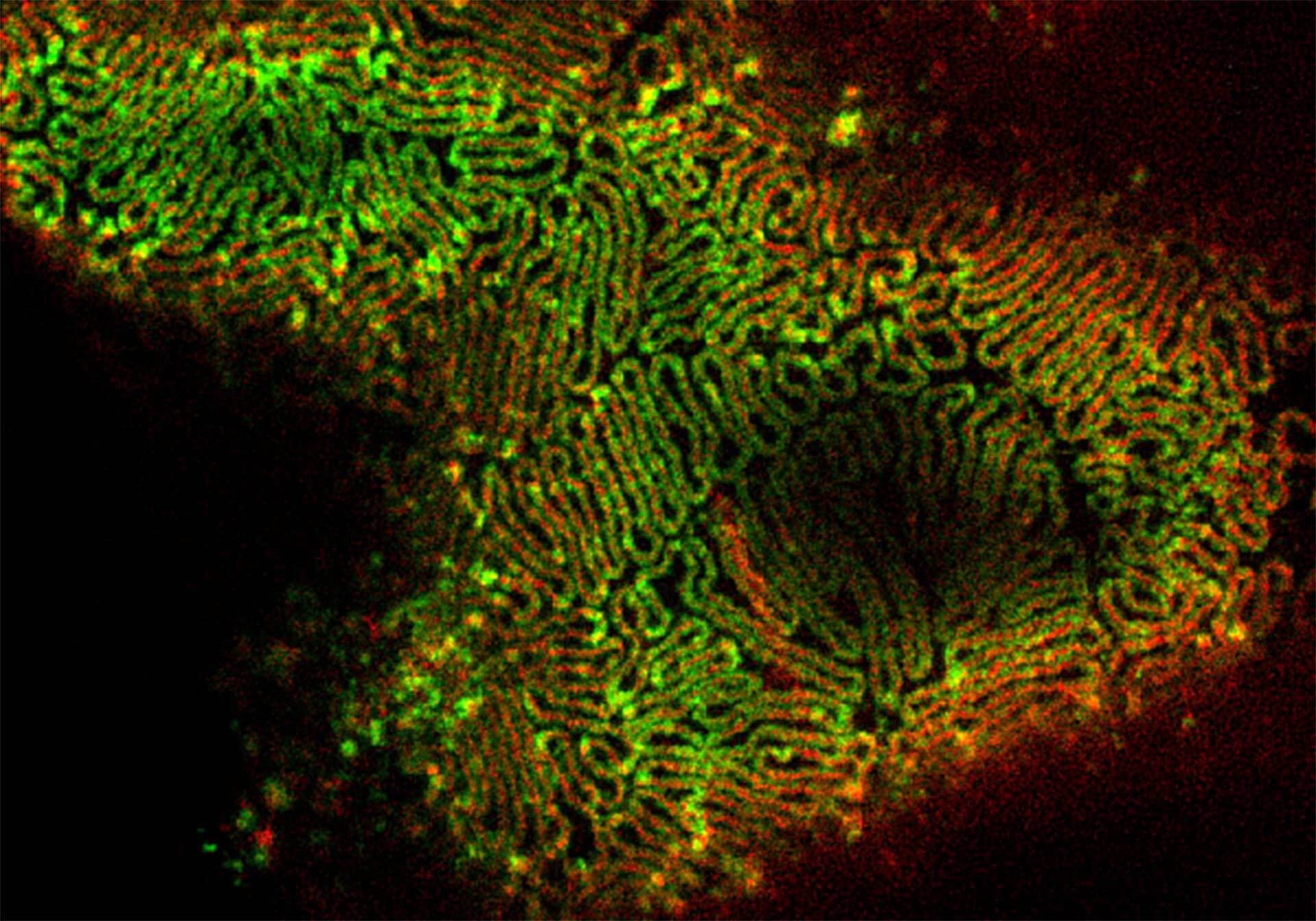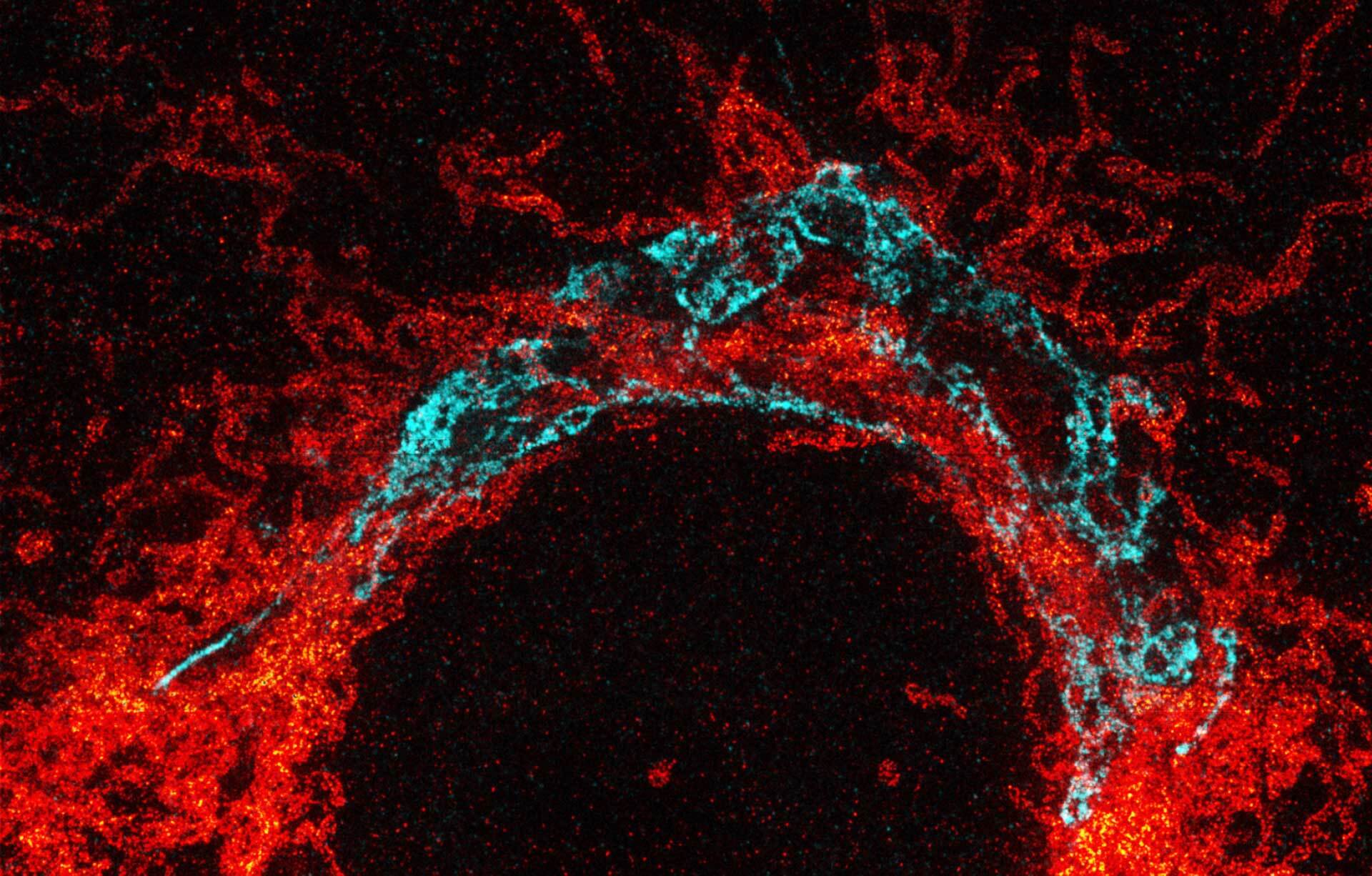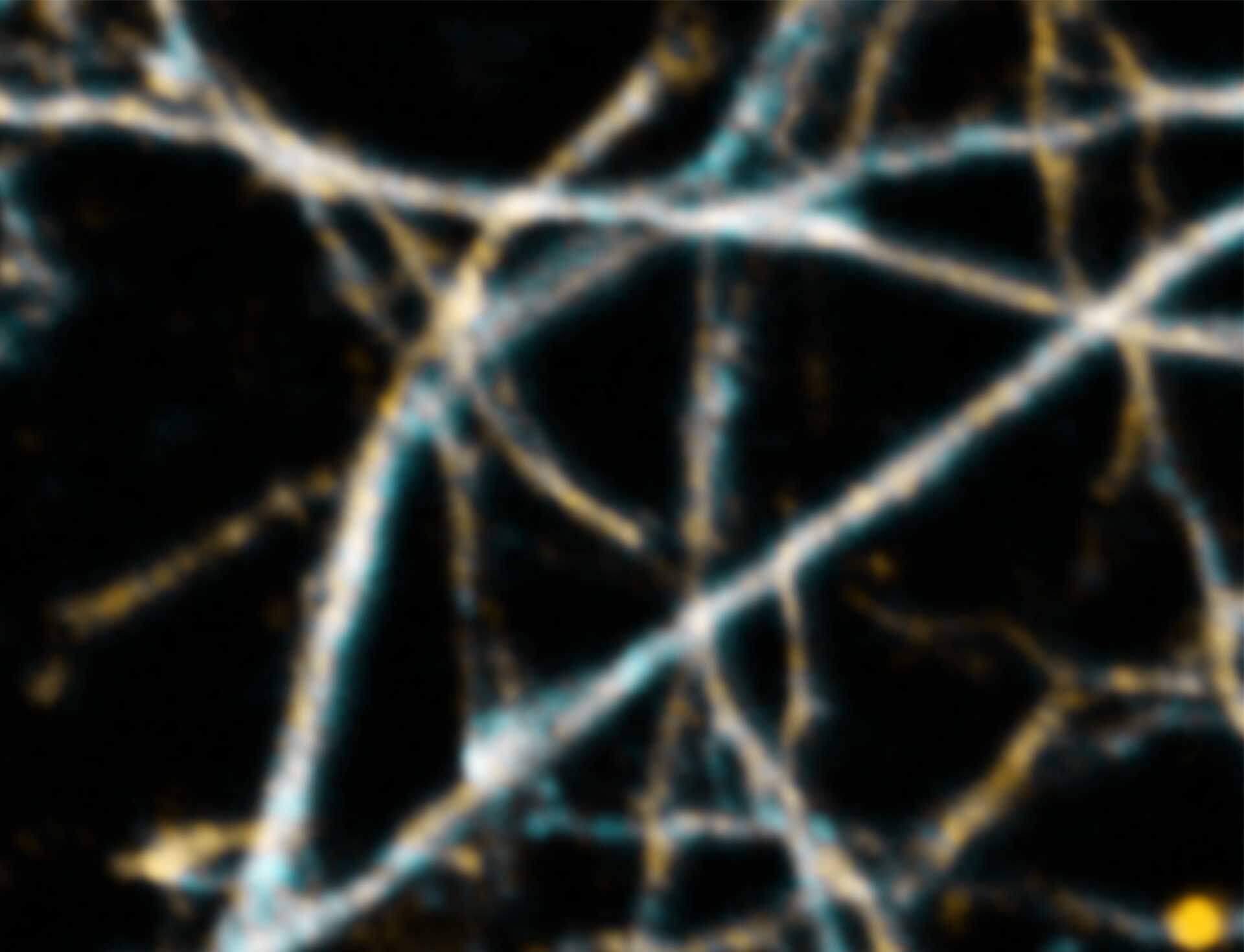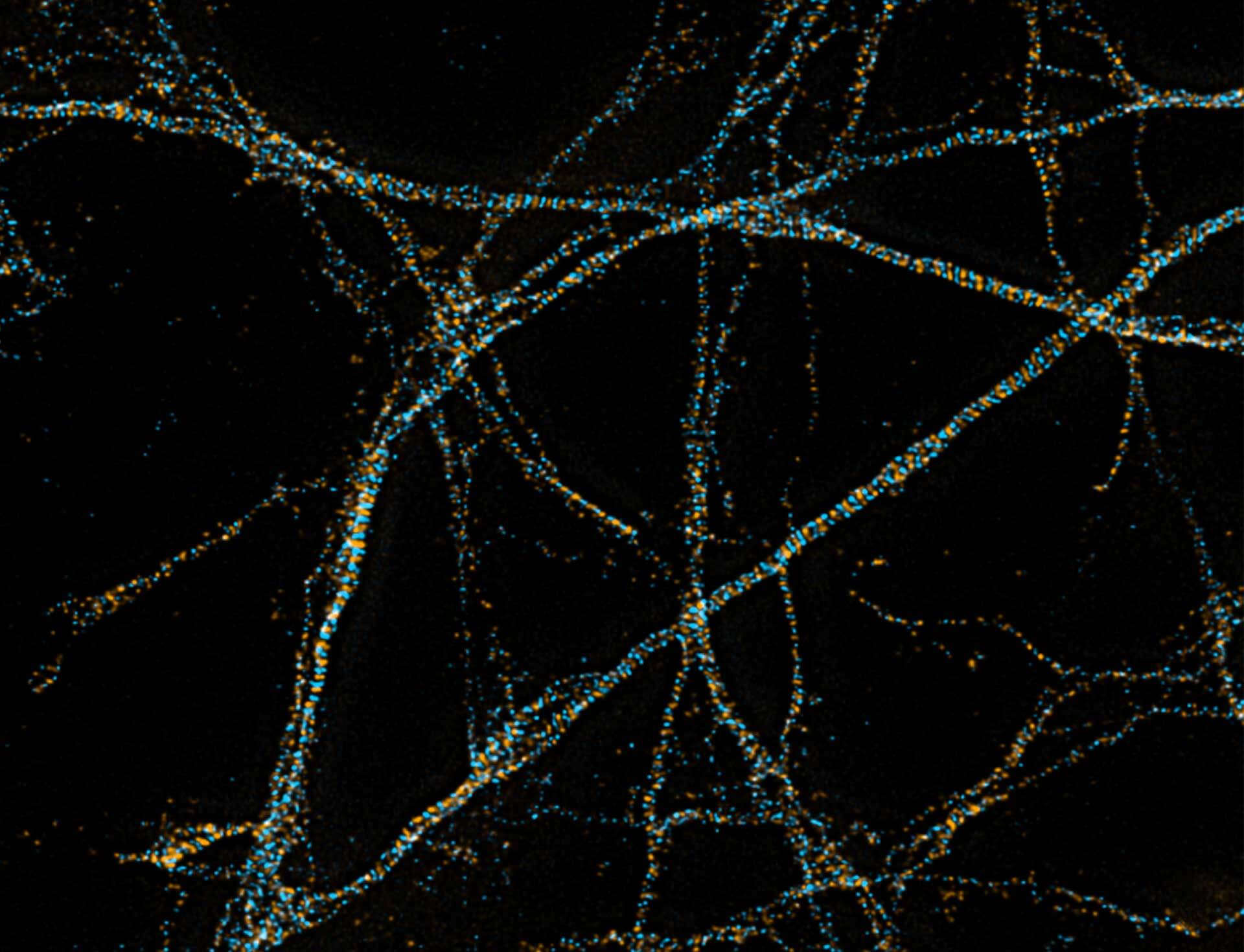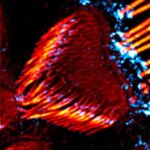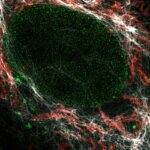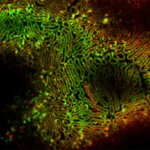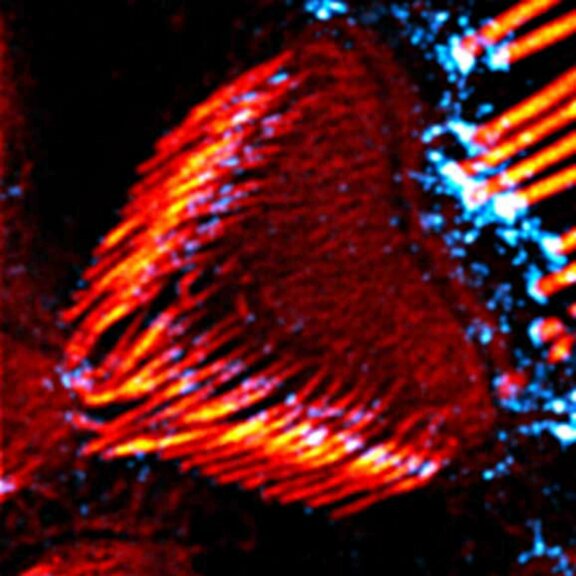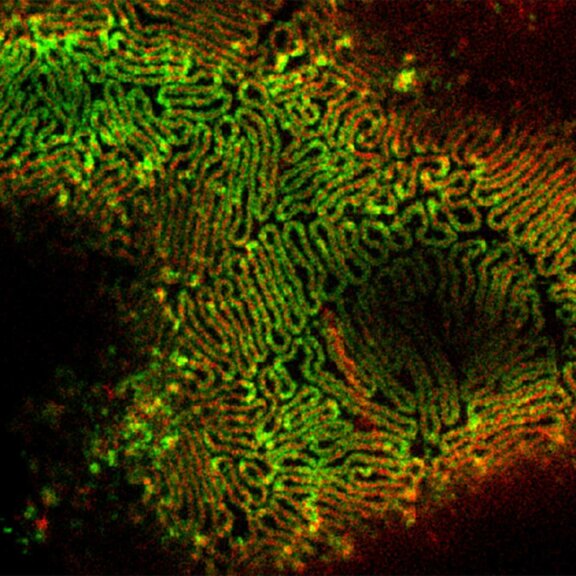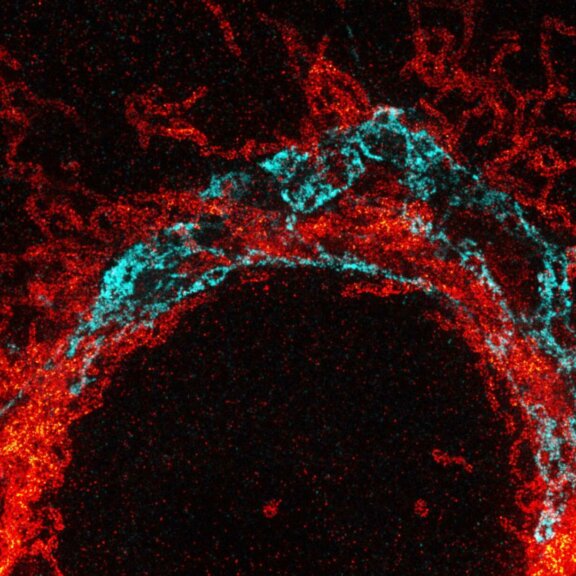Pulsed STED lasers
Founded and managed by the inventors and developers of STED, at abberior we only accept the best possible performance of our microscopes. For STED, we rely on pulsed STED lasers because they outperform their continuous-wave counterparts in virtually any possible application, including gated- or lifetime-enhanced STED. Pulsed STED delivers the best possible resolution with the least amount of laser power, no matter what. Put simply, pulsed STED lasers are the clever way of doing STED.
best resolution, lowest laser power
MINFLUX Module
Single-digit nanometer resolution with the MINFLUX module for our MIRAVA POLYSCOPE
MATRIX Detector
Many eyes see more than one. The MATRIX detector drastically improves signal-to-background ratio, resolution, and dynamic range.
TIMEBOW Imaging
TIMEBOW lifetime imaging for stunning results at confocal and STED super-resolution.
FLEXPOSURE Illumination
Brings down the light dose on your sample and lables dramatically. Key ingredient for volume and live-cell superresolution.
RAYSHAPE Mirror
Dynamic aberration correction with a deformable mirror over about 200 µm z-range. 140 digital actuators adjust the mirror surface within milliseconds.
Custom Solutions
We offer solutions for even the most challenging applications. Everything that can be done, we will do.
Why we only use
Pulsed STED lasers
With Pulsed STED, all STED photons are sent to the sample at a time when they make an impact — right after the excitation pulse. This is the only time where STED photons make sense physically, because the STED-photons can do their job before the excited molecule gets time to spontaneously fluoresce with low resolution.
When applying a continuous-wave (cw) STED beam, STED photons are unnecessarily spread out with respect to the lifetime of the dye and the most of them arrive either too early or too late. In fact, the majority of STED photons arrives at a time when most excited molecules have already emitted – they can do nothing good there, only harm!
Although there are methods (mostly based on lifetime sensing) to compensate for this physical shortcoming of cw-STED, they either achieve little or are based on heavy mathematical post-processing. In order not to compromise on the physical STED performance and to get the best possible resolution at minimum light dosages, Pulsed STED lasers are mandatory. The physically superior data recorded this way is also a much better starting point for mathematical deconvolution.
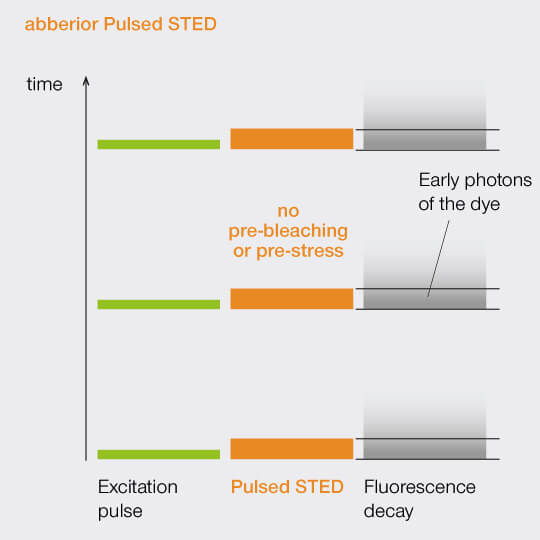
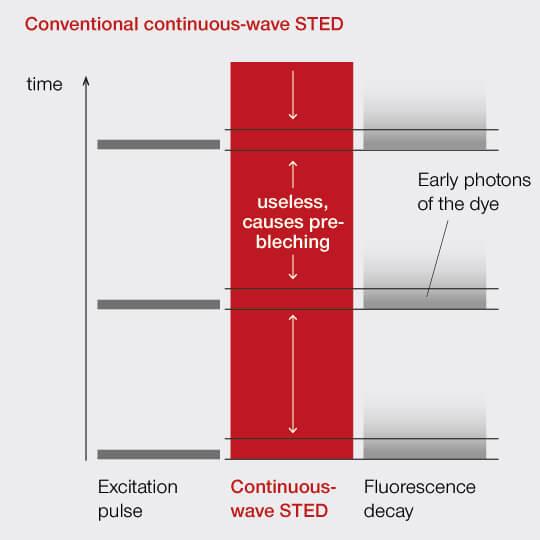
Pulsed STED @ 775 nm
best possible STED resolution
A pulsed nanosecond STED laser at 775 nm. Suitable for superresolution imaging with fluorescent proteins, e.g. mCherry as well as imaging with organic dyes, e.g. abberior STAR RED or STAR ORANGE. Resolution down to 20 nm; typical resolution < 30 nm
Pulsed STED @ 595 nm
live-cell imaging in top form
A pulsed nanosecond STED laser at 595 nm. Suitable for superresolution imaging with fluorescent proteins, e.g. GFP, YFP as well as imaging with organic dyes, e.g. abberior STAR 440L or STAR 488. Resolution down to 25 nm; typical resolution < 40 nm

- Pulsed STED lasers offer the best possible resolution
- Pulsed STED lasers reduce the light dose significantly
- Use pulsed lasers to put STED light only where it’s needed: during the fluorescence lifetime of the dye! Because afterwards, it can only do harm.






